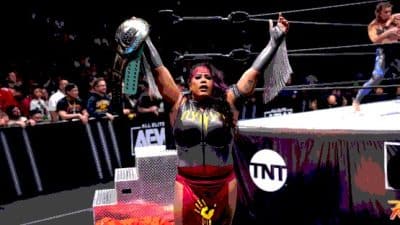
“Farmers received record-high prices for corn,” said Jonah Bowles, agricultural market analyst for Virginia Farm Bureau Federation. The 52-week high for corn was $7.80 per bushel, and for soybeans it was $14.75.
“And prices paid for livestock were good, with farmers receiving as much as $150 per hundredweight for cattle this past year, but the record-high prices for corn have hurt them.”
Bowles said Pilgrim’s Pride,a poultry company owned by Brazilian-based JBS, the largest meat processor in the world, paid $1.5 billion more in feed costs this year than in 2010.
Although corn growers received record-high prices earlier in 2011, recent prices have been some of the lowest paid over the year. Corn recently traded for $5.50 per bushel, only 25 cents higher than the year’s low price. And soybeans sold for $11.33 per bushel, just 28 cents higher than this year’s record low, Bowles said.
And the outlook for grains is not all positive. “Everybody in the world grows corn, wheat and other grains,” Bowles said. U.S. growers have the most expensive product on the world market, so it’s hard to compete globally.
For livestock, however, recent prices are near the upper end of the scale for those paid during 2011. Beef recently sold for $142 per hundredweight, just $8 shy of this year’s record high. Hogs are bringing in $86 per hundredweight, not far from the $92 record high.
And while U.S. beef consumption has dropped, it’s increasing in other developing countries, so there is great potential forexports.
“In China alone, the consumption of beef is up 240 percent over the past decade, and that number is expected to double againin the next five years,” Bowles said.
Worldwide, there are 7.14 billion people, and that number is expected to increase to 8.25 billion by 2021—a 15.5 percent increase in a population that is embracing more meat in their diets.
The U.S. population is expected to increase 1 percent in the next decade. And 2.8 million more steers will be required to feed them, Bowles said. So there is potential for growth in the livestock industry, if land is available.
Farmland prices are also on the rise. Nationally, farmland values have doubled since 1990, and over the past year prices have increased as much as 20 percent. A farm in Iowa recently sold for $20,000 an acre, Bowles said.
Whileprices in most parts of Virginia aren’t that high, people still pay a premium for farmland.
The good news is that people buy farmland. “In an unstable economy like we have, people don’t want to buy stocks like IBM,” Bowles said. “They want to buy hard assets like gold or corn or the land on which corn is grown.
“When the real estate market plunged, farmland sales didn’t suffer—not in Virginia or in the rest of the United States.”










